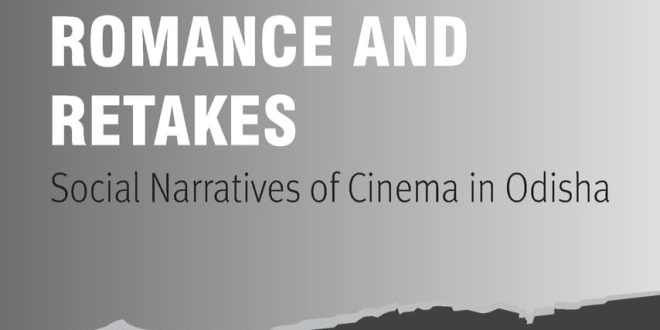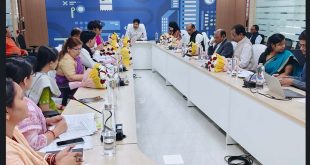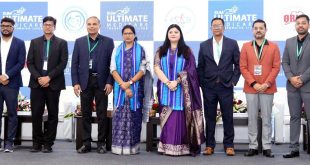Author and commentator Sanjoy Patnaik’s book Of Reels, Romance and Retakes : Social Narratives of Cinema in Odisha published by Routledge Taylor & Francis Group will be one of the highlights at the Indo-American Arts Council’s 2024 Literary Festival scheduled for November 9th and 10th in New York City, USA.
New York based IAAC is dedicated to promoting, showcasing and building an awareness of arts and artists of Asian Indian heritage. The Council’s focus is on performing arts including the visual, literary and folk arts. The literary festival is among the leading events on Indian – American arts and culture rapidly gaining recognition for celebrating diverse voices, and we believe your unique perspective would greatly enrich the event.
The festival provides a platform for established and emerging writers to engage with a passionate audience and connect with fellow literary artists. In the past, the literary festival has hosted luminaries like His Holiness the Dalai Lama, Nobel Prize Winner Prof. Amartya Sen, Indra Nooyi, Madhur Jaffrey, the Nobel Peace Prize Winner Dr. Kailash Satyarthi, Member of Parliament Dr. Shashi Tharoor, Chandrika Tandon, and Ramchandra Guha, to name a few.
In her email, Ms. Preethi Urs, Literary Festival Director Indo-American Arts Council (IAAC) expressed hope that the discussion on the book and Odia cinema will contribute to the vibrant literary discourse and provide audiences the opportunity to engage with Patnaik’s work and ideas directly. It has extended Sanjoy the invite offering travel and hospitality and will also organise meetings with other participants to foster a sense of community with the literary world in New York.
About the book: Of Reels, Romance and Retakes : Social Narratives of Cinema in Odisha is about the fascinating journey of Odia cinema from 1936 till date. Sanjoy who is a social development professional has been a keen observer of Odisha’s progress over the decades reflects on the social impact of cinema on Odia society. The account the book gives of how Odia cinema, aesthetically intertwined with the indigenous folk and literary tradition, carried forward both the project of modernity and Odia cultural identity is particularly illuminating and instructive.
At the same time it takes an introspective look at the crisis Odia cinema faces now, sandwiched as it is between two competing social trends – one following the route to Hindi as the chief language of entertainment and the other that is focused on regional cultural assertion as a key to commercial success. On the whole, it is a timely and much awaited book that seeks to construct the hitherto uncharted ‘social narratives’ of cinema in Odisha.
 Update Odisha-Latest Odisha News I Breaking News Get latest news on Odisha, Govt. Jobs, OSSC, OPSC, Entertainment, Crime, Sports, and Education
Update Odisha-Latest Odisha News I Breaking News Get latest news on Odisha, Govt. Jobs, OSSC, OPSC, Entertainment, Crime, Sports, and Education



